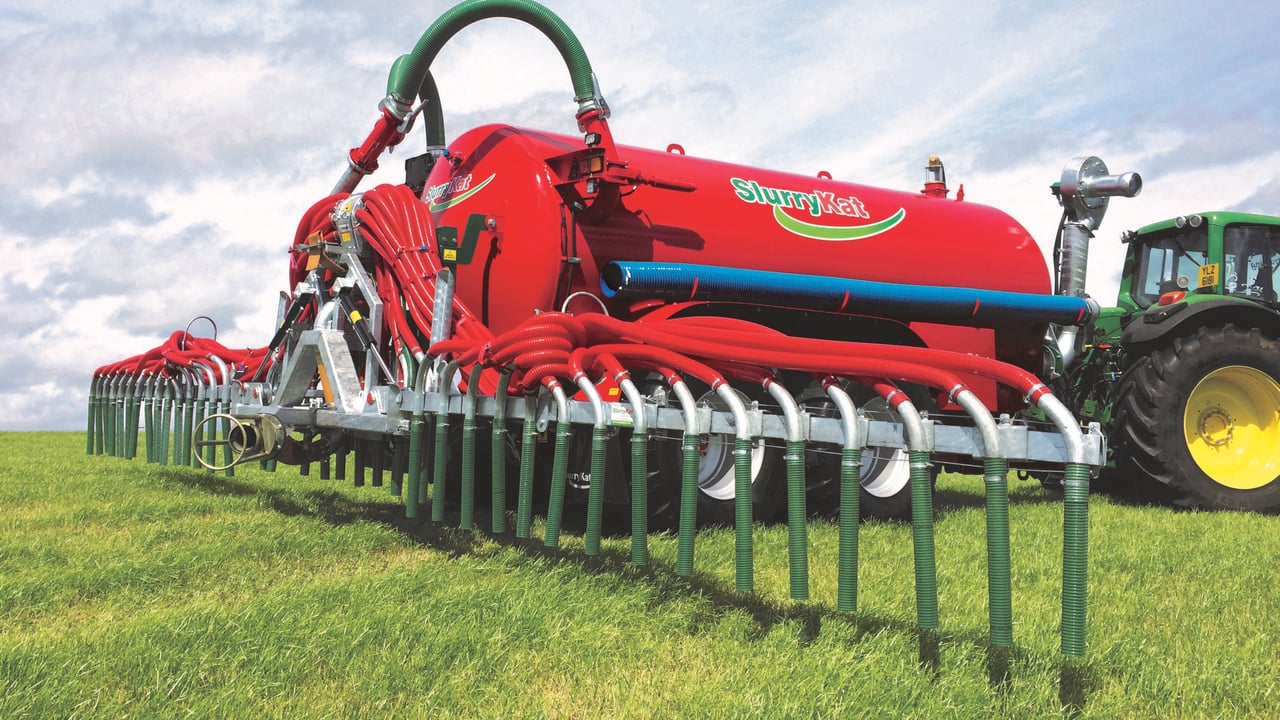Is dribble bar system the best mechanism for slurry on growing crops?
Using a dribble bar system is allowing Co. Cork tillage farmer Tom Barry to spread slurry at a rate of up to 4,000 gallons/ac on growing cereal crops.
“But it really is a question of balance,” he has explained.
“The best time to spread the slurry is to go in when crops will recover without breaking, if they are stood on prior to the manure being spread.
Barry has a number of storage tanks located across his farmed area, from which he can draw slurry as and when required.
“In many ways, this is the most critical part of the process. And I would advocate strongly for these storage tanks to be grant aided," he said.
According to Barry, the best return from slurry is achieved if crops are at Growth Stage (GS) 30.
“It is possible to leave it a little bit longer,” he commented.
“But it’s a case of being very vigilant with winter wheat. If slurry is applied too late, it could be a case of breaking the crop.”
Barry points to the logistical challenge of getting slurry out on to growing crops.
“It’s all about getting as much work done while the crops are at the appropriate growth stage and the weather is suitable,” he explained.
“Applying manures can help to boost yields while also reducing the cost of chemical fertiliser and the carbon footprint of a farming business.
Barry uses a 10m trailing shoe for putting out slurry.
“Going down the tram lines with the system is not required, if ground conditions are good enough. And this has certainly been the case over recent days," he added.
“Even if slurry is put out when conditions are relatively wet, the wheat or barley will develop without a hitch, provided that the manure is added at the correct growth stage for the crop.”





